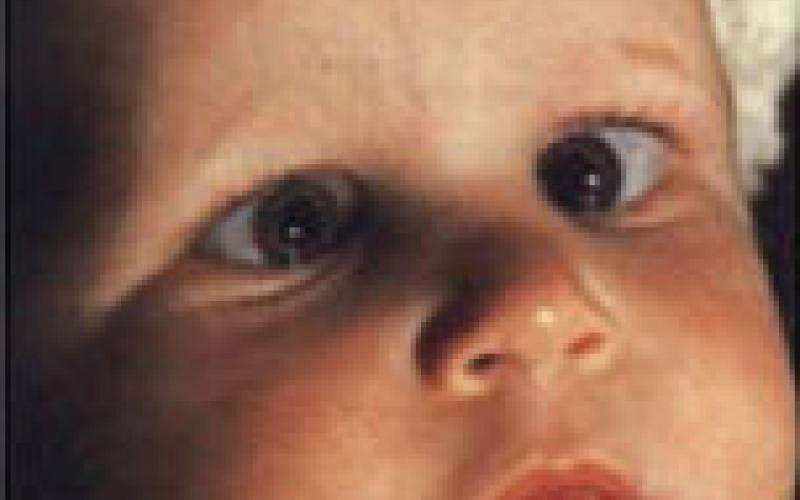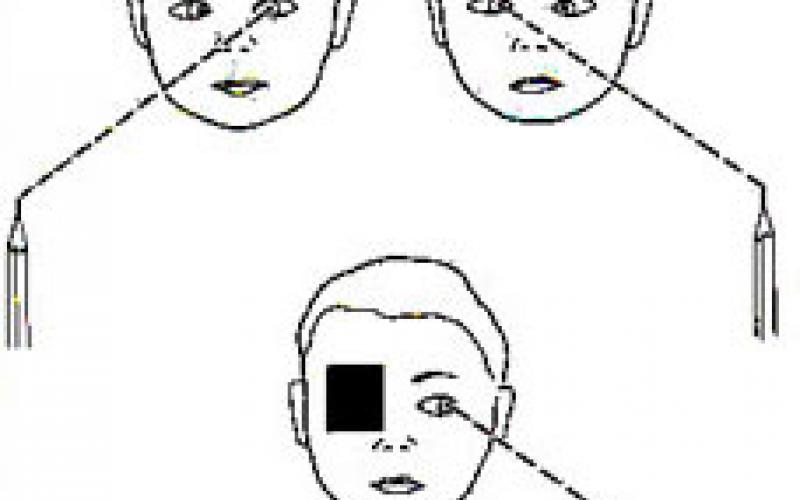Strabismus
WHAT IS STRABISMUS?
Strabismus is that the eyes are not parallel to each other in the basic sight position. Eye shifts may be inward or downward from the midline in the horizontal plane or upward or downward in the vertical plane. Binocular single vision, that is, the perception of different image occurring in the retina of both eyes as a single image, but parallel to each other eyes, is possible by correcting refractive errors and regular exercise of the eye muscles.
WHO HAS THE STRABISMUS? WHAT ARE THE SYMPTOMS?
Routine examinations to be performed in childhood are very important for the diagnosis and early treatment of hidden shifts, refractive errors, and small angle shifts that families cannot notice. Therefore, even if there is no problem, it is important that the children are examined on their 6 Months and at the age of 3–5–7–12 years starting from 2 months.
WHAT ARE THE RISK FACTORS?
Genetics has a role. The risk of strabismus is higher in the families that have it. Preterm delivery, convulsion and traumas are also risk-increasing factors.
WHAT ARE THE DIAGNOSIS AND EXAMINATION METHODS?
Strabismus can be diagnosed with normal examination methods. Shifts are easily recognizable in outpatient clinic conditions. At this point, it is important whether there is laziness due to shift and whether the shift can be corrected with glasses.
- Evaluation of vision,
- The direction of the shift, when it has started,
- Determination of the degree of shift by means of prisms and synoptophore device,
- Hess curtain examination; it is important in strabismus due to eye muscle paralysis,
- Hirshberg examination; the evaluation of the degree of by corneal light reflection in non-fixation patients,
- Stereopsis examination; depth sensation (three-dimensional vision) determination.
IS EARLY DIAGNOSIS VERY IMPORTANT?
Untreated shifts are aesthetically disturbing as well as causing functionally impaired vision. Since laziness will develop in the shifting eye, both vision is low and depth sensation (three-dimensional vision) is reduced. Strabismic amblyopia should be treated until age 6-7. Since, unfortunately, the desired responses cannot be obtained in the treatments performed after these ages.
HOW TO TREAT?
1- Optical Treatment: It is based on the correction of refraction error. Spherical and cylindrical glasses or prismatic glass are used
2- Orthoptic Exercises: In recent years, it has been mostly used for diagnostic purposes. The aim is to increase the three-dimensional vision by allowing the patient to see with one eye.
3- Medical Treatment: It is a treatment performed by using mydriatic and myotic medications.
4- Surgical Treatment
SUCCESS OF TREATMENT
In strabismus, the refractive error should be corrected with glasses first. Also, if there is laziness, it is necessary to treat it by various methods. Sometimes only these methods can correct the strabismus. After the lazy vision is treated, the non-correctable shift is corrected surgically. Sometimes there is resistance to laziness treatment, and in these cases, closure treatment can be performed even after surgical treatment. Success depends on early and effective treatment.
AMBLYOPIA (LAZY EYE)
Causes of Amblyopia:
- Amblyopia due to strabismus
- Anisometropic amblyopia develops depending on the different refractive error between the two eyes.
- Deprivation amblyopia occurs when the single eye is closed for any reason at an early age.
AMBLYOPIA TREATMENT
- First, the refractive error of the eye is corrected.
- CAM treatment is applied in the clinic 6 days a week.
- Closure treatment is based on the closure of the well-sighted eye and the forced vision of the lazy eye.
- In children whom the closure cannot be made, the sight of the well-sighted eye is reduced with some drops and the eye is operated by adding (+) glasses to the lazy eye.
CAM Treatment




